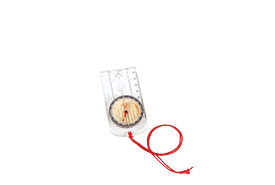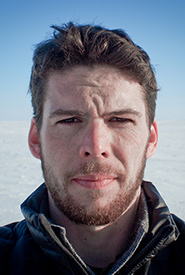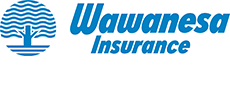True north

When I was a kid, my dad gifted me his compass when I began exploring on my own. (Photo by Juan Luna)
Author and journalist Harley Rustad always finds his way back home with the help of his father’s compass.

Harley Rustad (Photo courtesy of Harley Rustad)
Sometimes it’s hard to know which way to turn. Our smartphones are an easy crutch that, with two swipes, can bring up not only detailed maps, but a voice seemingly from the heavens directing which way to go. Relying on these tools, however, can be disastrous, even deadly, when batteries die or GPS fails. When I was a kid, my dad taught me orienteering — using a topographic map and compass to navigate — and gifted me his compass when I began exploring on my own. Since then, I’ve taken it everywhere, from quick weekend loops along the Western Uplands Trail in Algonquin Provincial Park to the Rwenzori Mountains in Uganda, and even the Indian Himalayas. I use it constantly, often only to confirm I’m on track, and it has saved my life. And whenever I pull it from my backpack, loop the red cord around my wrist and adjust the dial, it always points north.
This story first appeared in the spring 2019 issue of the Nature Conservancy of Canada Magazine. Donors who contribute at least $25 or more per year will receive four issues of the magazine. Click here to donate today and start receiving the magazine.




